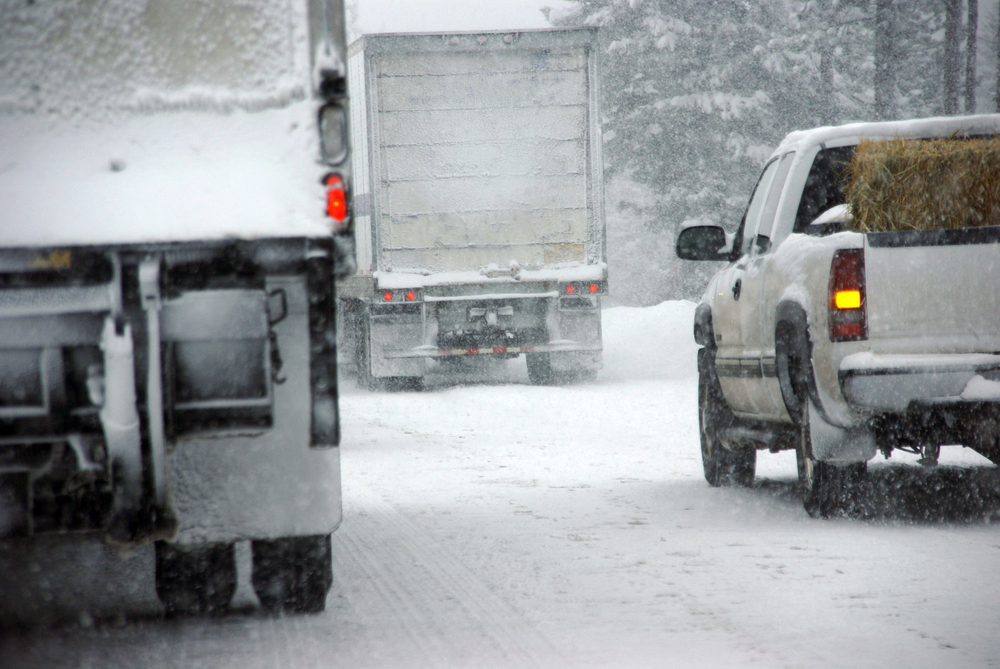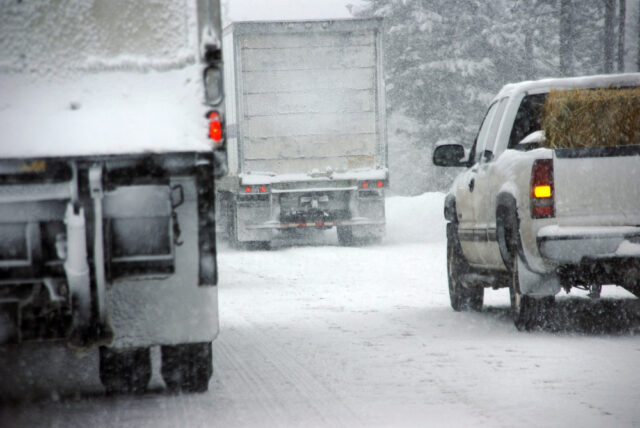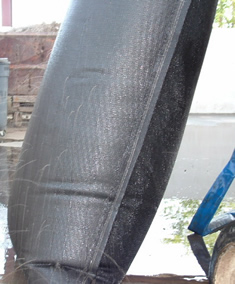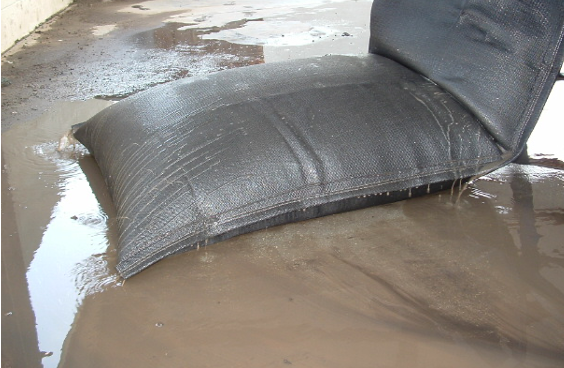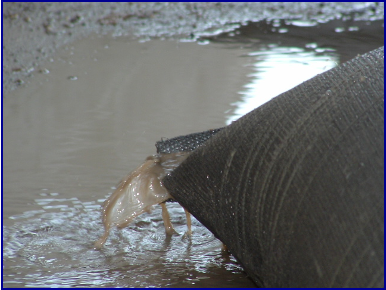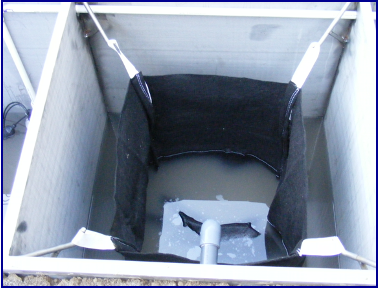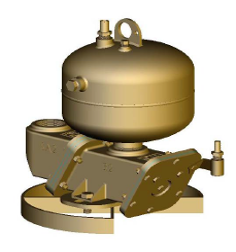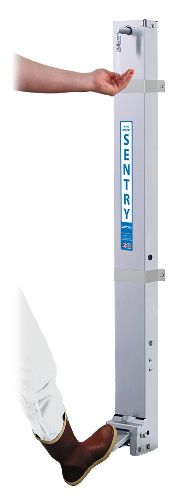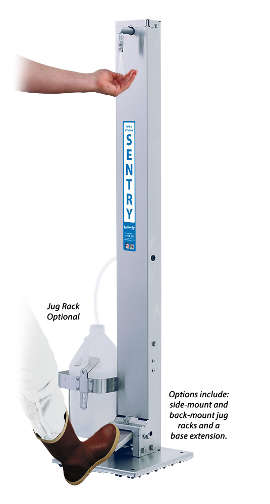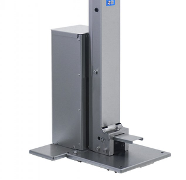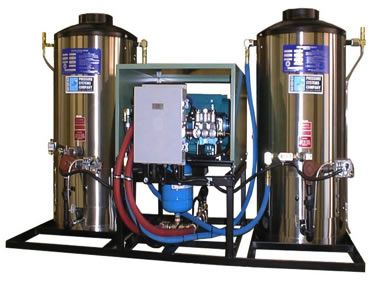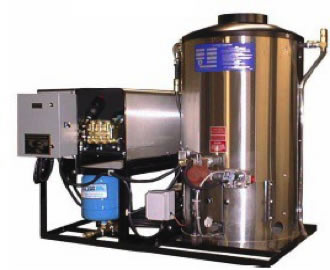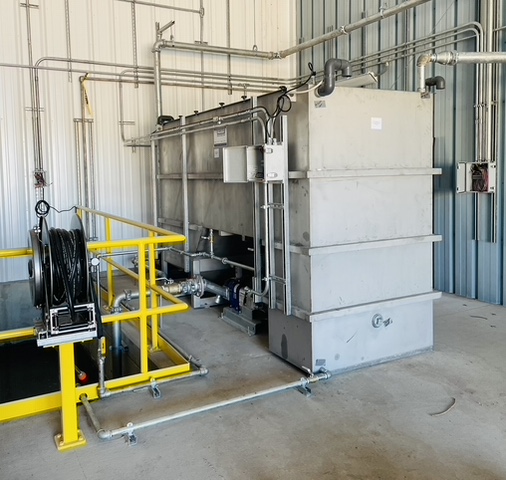
We have developed a revolutionary heavy-duty wash and treatment system by integrating our demucking system with our clarifier oil water separator system.
Using low flow pumps, moderate pressure and specialized nozzles, our robustly- designed demucker systems can quickly clean large trucks, tracked vehicles or any heavy equipment caked with mud, clay, ice, or muck – using only 20 gpm of water.
After washing, we can then process this water through our stainless steel clarifier oil water separator to reduce your environmental liabilities. Even though full of solids, oils and grease, our separator will effectively treat this wash water for re-use or discharge.
Fast and effective cleaning with low water treatment costs – definitely a win-win situation!
Features:
- High-Efficiency Diaphragm or Multi Stage Pump, 20 GPM @ 850 PSI
- Stainless Steel Construction
- NEMA 4X Integrated Control Panel
- Multi-directional Stream-to-Cone Gun & Industrial grade hose reel
- Poly water storage tank
- Stainless steel clarifier separator designed to remove 99% of oil droplets
- Inclined plates to remove solids
- Sludge hopper to capture and contain settleable solids
- Electric or Air diaphragm transfer pump
- Internal oil storage tank
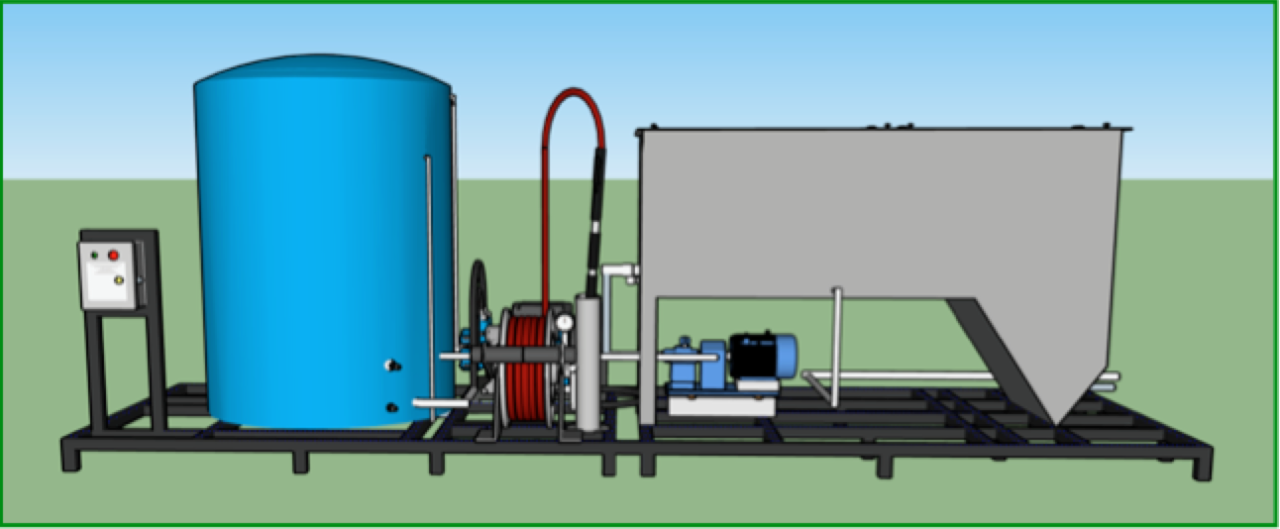
Optional Features Available:
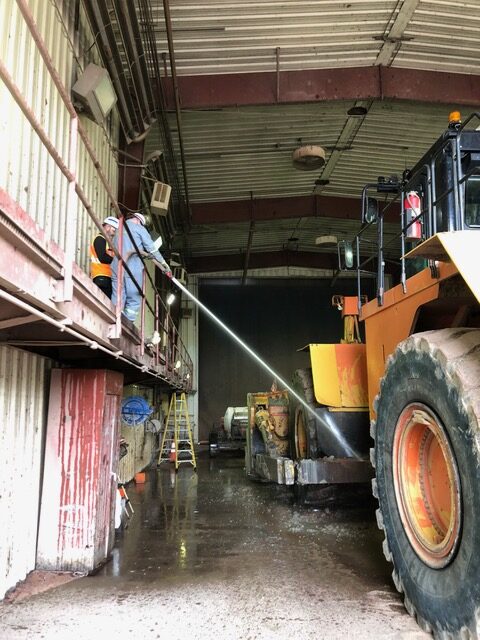
- UL Listings
- Remote Motor Controls
- Heating Systems
- Automated Wash Monitors
- Portable Wash Containment Pad
- Odor Control Systems
- Polishing Packs
Reduce your environmental liabilities and get the power of a wash monitor with a fraction of the water usage!
SYSTEM SPECIFICATIONS
|
Pumping System |
DTS-20 |
|
Max Flow Rate & Pressure |
20 GPM @ 850 PSI |
|
Uses Fresh or Recycled Water |
Both |
|
Motor, HP |
15 |
|
Pump Type |
Electric Diaphragm |
|
Controls |
Manual/Remote/PLC |
|
Hose |
50-75’ L @ ¾” D |
|
Gun/Wand |
Handheld Stream-to-Cone |
|
Water Storage |
500 Gallon Poly Tank |
|
Industrial Grade Hose Reel |
Manual, Spring Rewind, Portable |
|
Electric |
120/208/480/575 V 3 PH 50/60 HZ |
|
Approximate Dimensions (with tank) |
8’ L x 4’ W x 7’ H |
|
|
|
|
Clarifier Oil Water Separator |
|
|
Max Flow Rate |
20 GPM |
|
Internal Tank Capacity |
650 Gallons |
|
Sludge Capacity |
27 Gallons |
|
Coalescing Media |
6 Cubic Feet |
|
Pump Type |
Air or Electric Diaphragm |
|
Controls |
Air or Electric Manual/Remote/PLC |
|
Air/Electric |
8-14 cfm at 40 psi/120/208/480/575 V 3 PH 50/60 HZ |
|
Approximate Dimensions |
8’ L x 3’ 6” W x 6’ H |
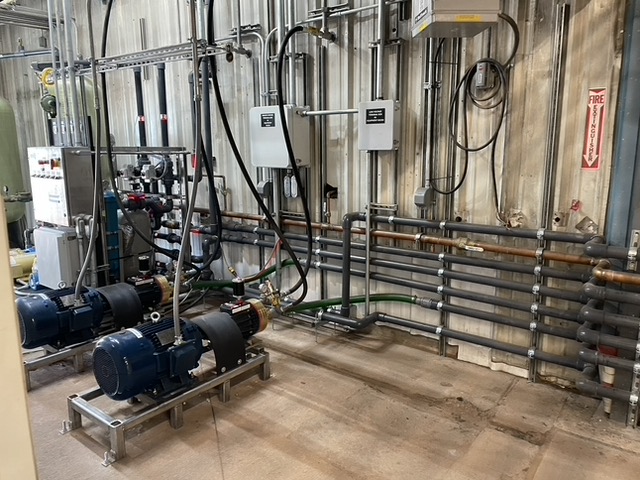

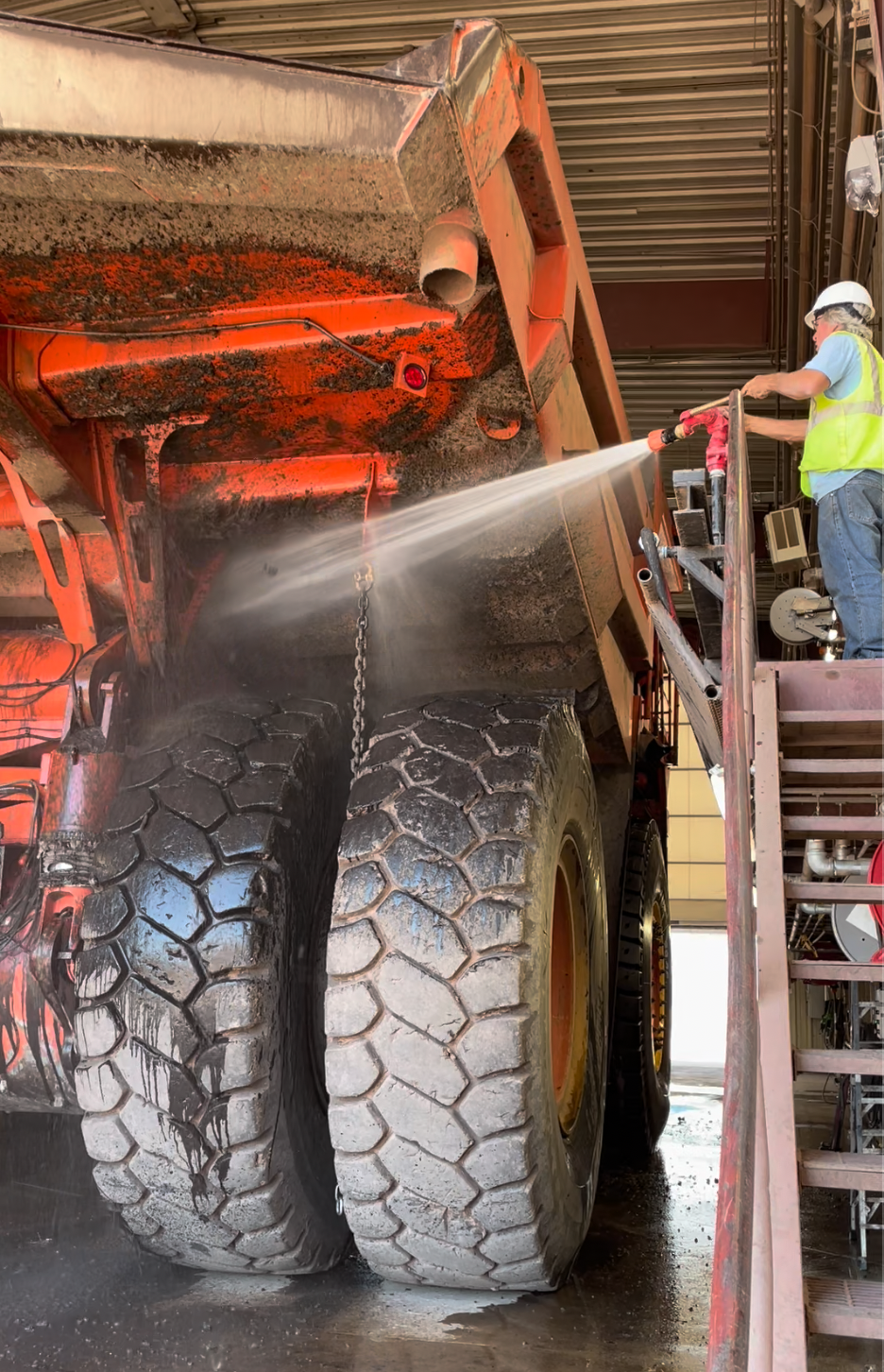
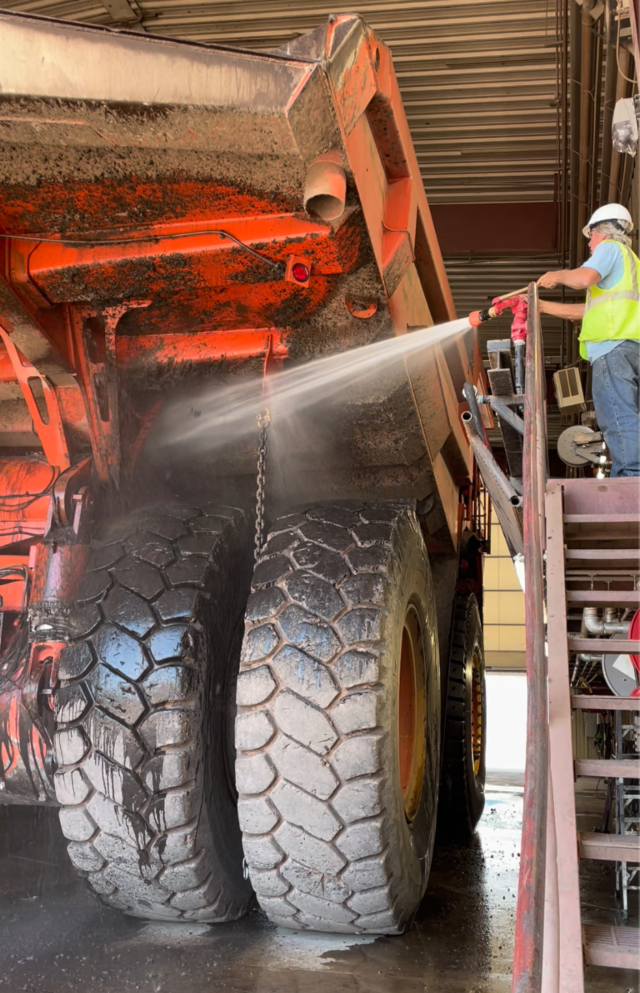
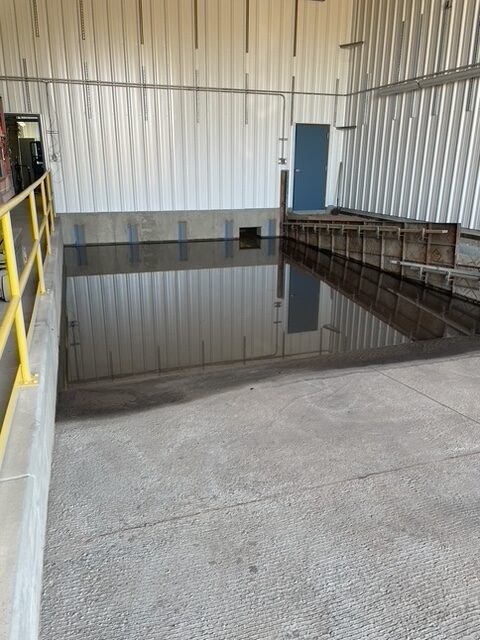
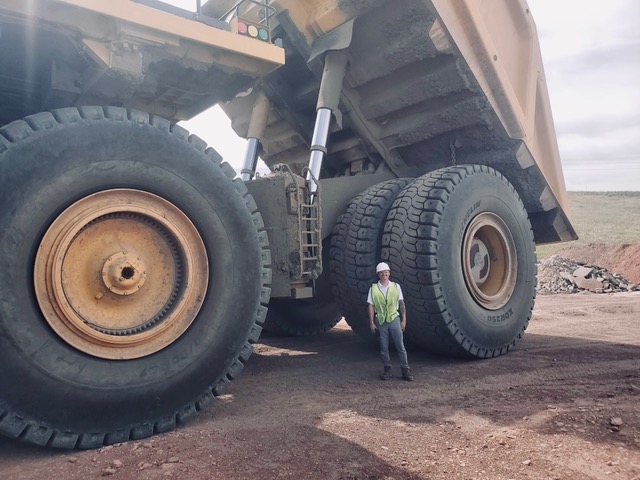
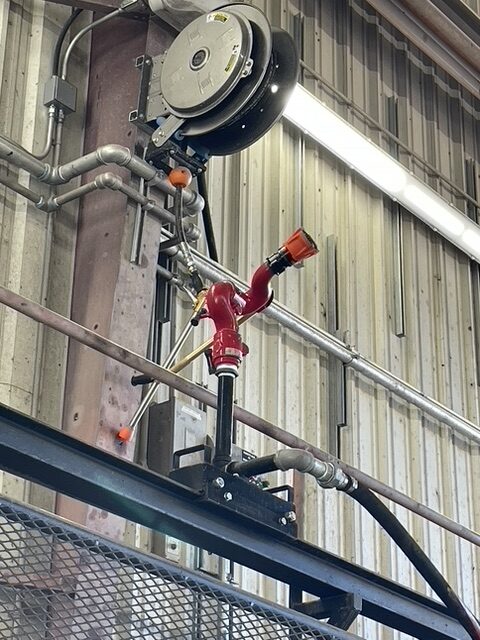
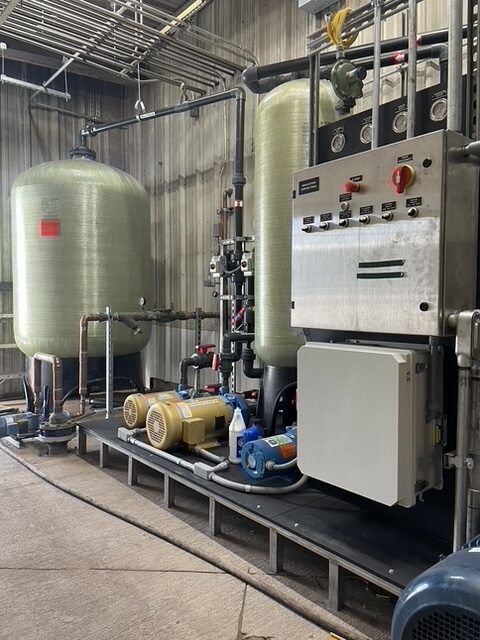
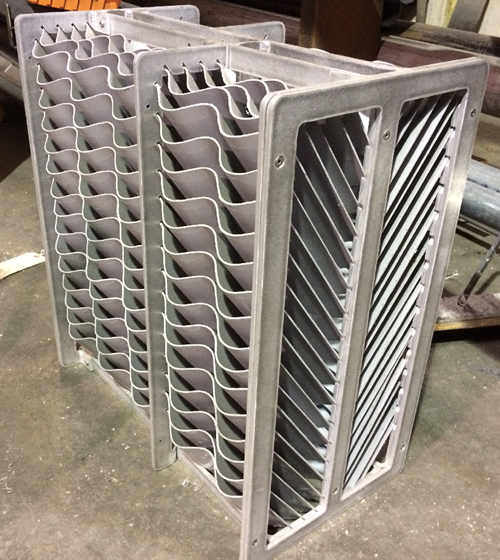
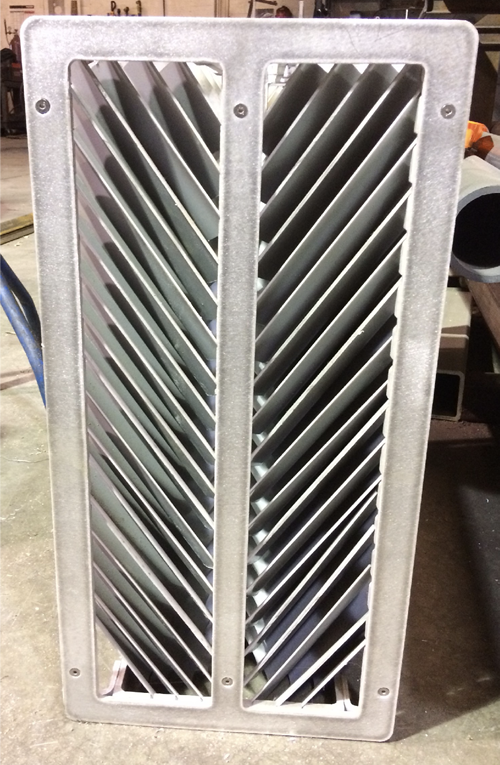
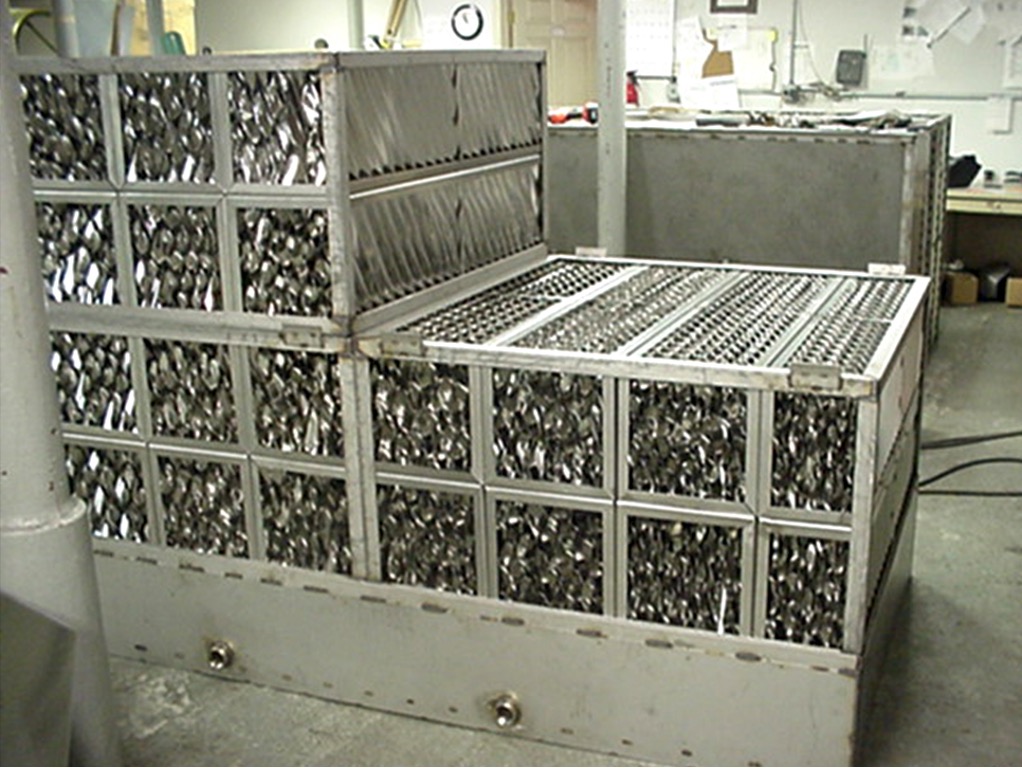
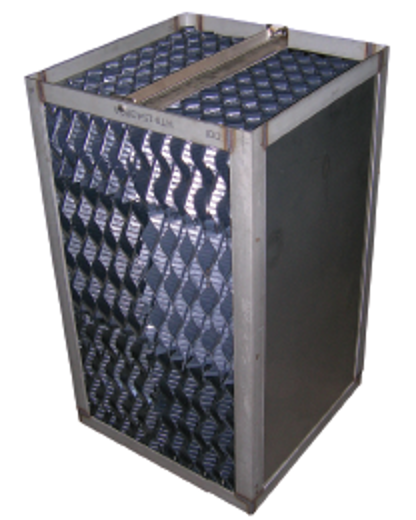
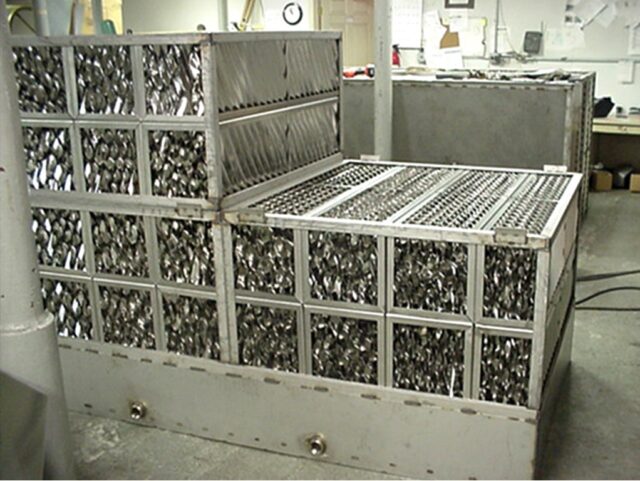
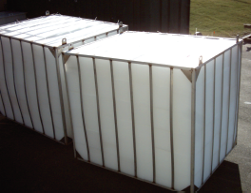
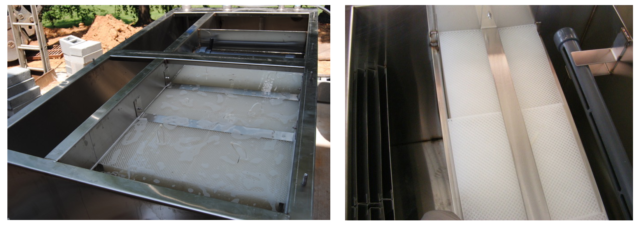
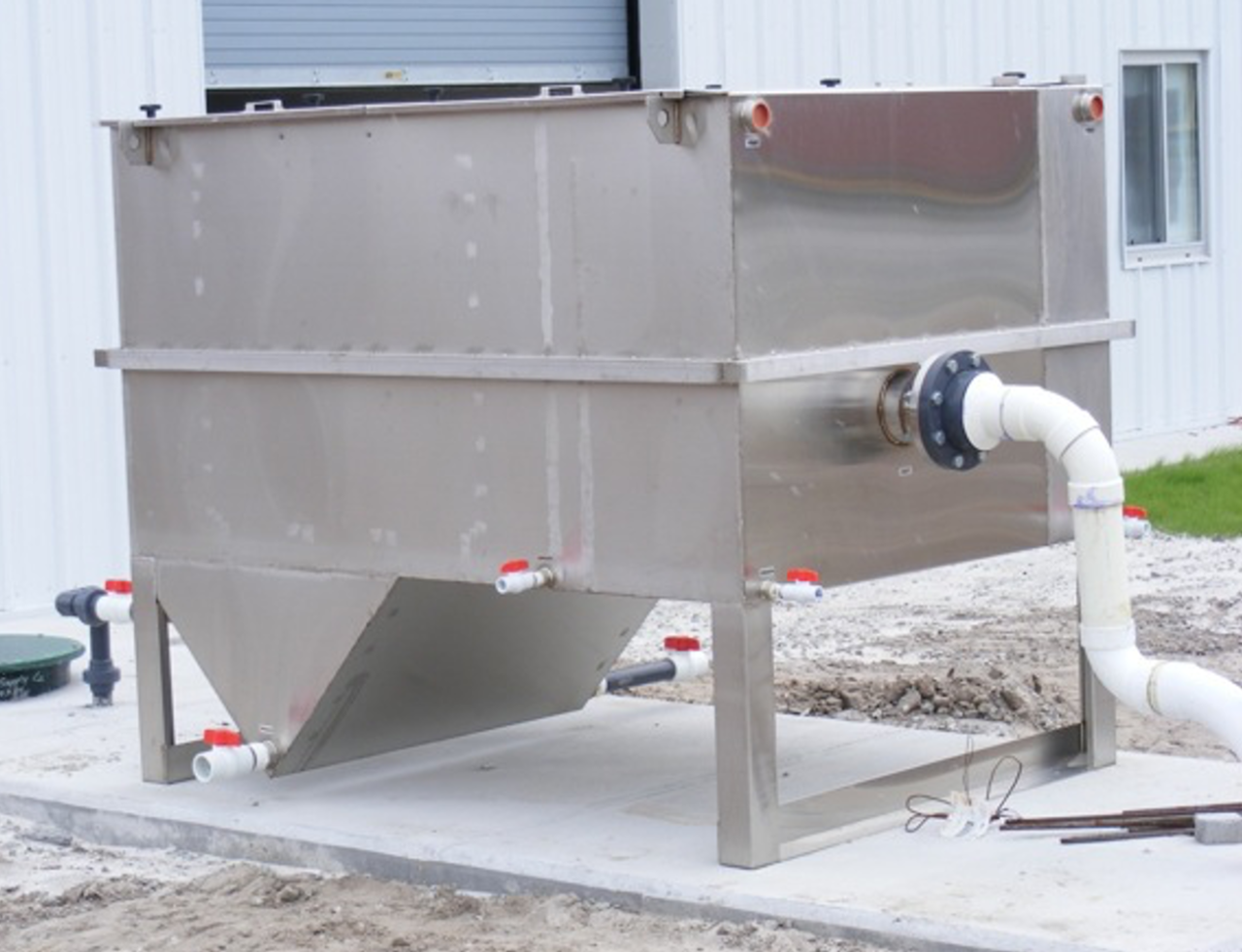
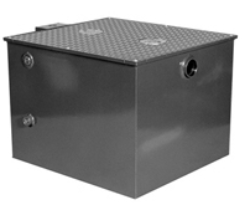
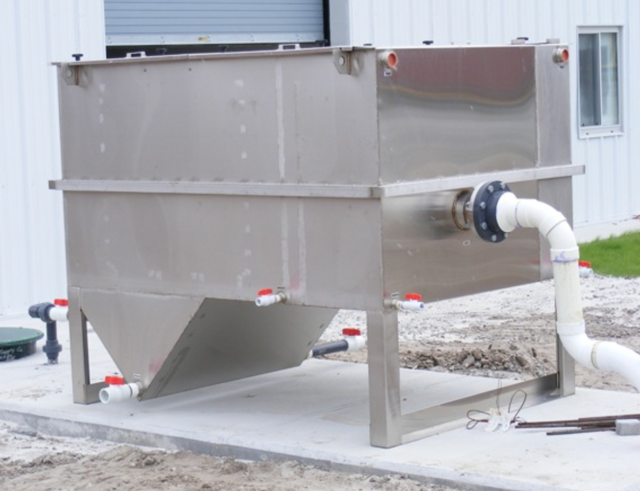 In comparison,
In comparison, 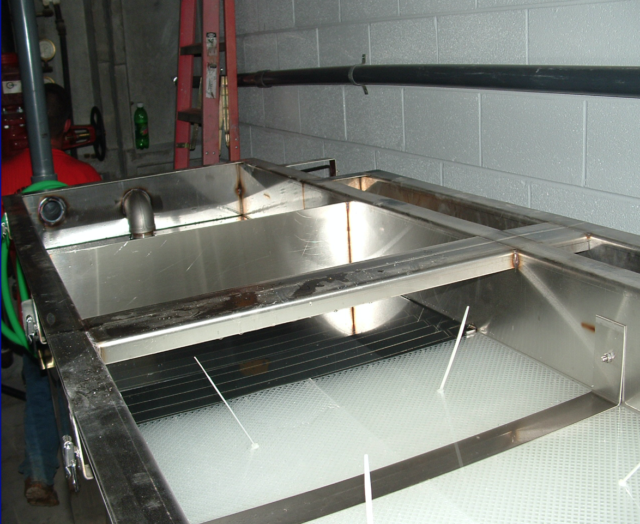 The water enters the inlet compartment where the oil separation process begins. Here, baffles slow down the water flow which causes some of the solids to drop out of suspension. Next, parallel corrugated coalescing media in the separation chamber cause the oil droplets in the water to coalesce together, and increase in size until they separate from the water. This coalescing media, with an internal structure of interconnecting channels, can remove essentially all free and dispersed, non-emulsified oils to an effluent concentration of less than 5 ppm – which is acceptable for discharge to most municipal sewer systems.
The water enters the inlet compartment where the oil separation process begins. Here, baffles slow down the water flow which causes some of the solids to drop out of suspension. Next, parallel corrugated coalescing media in the separation chamber cause the oil droplets in the water to coalesce together, and increase in size until they separate from the water. This coalescing media, with an internal structure of interconnecting channels, can remove essentially all free and dispersed, non-emulsified oils to an effluent concentration of less than 5 ppm – which is acceptable for discharge to most municipal sewer systems.